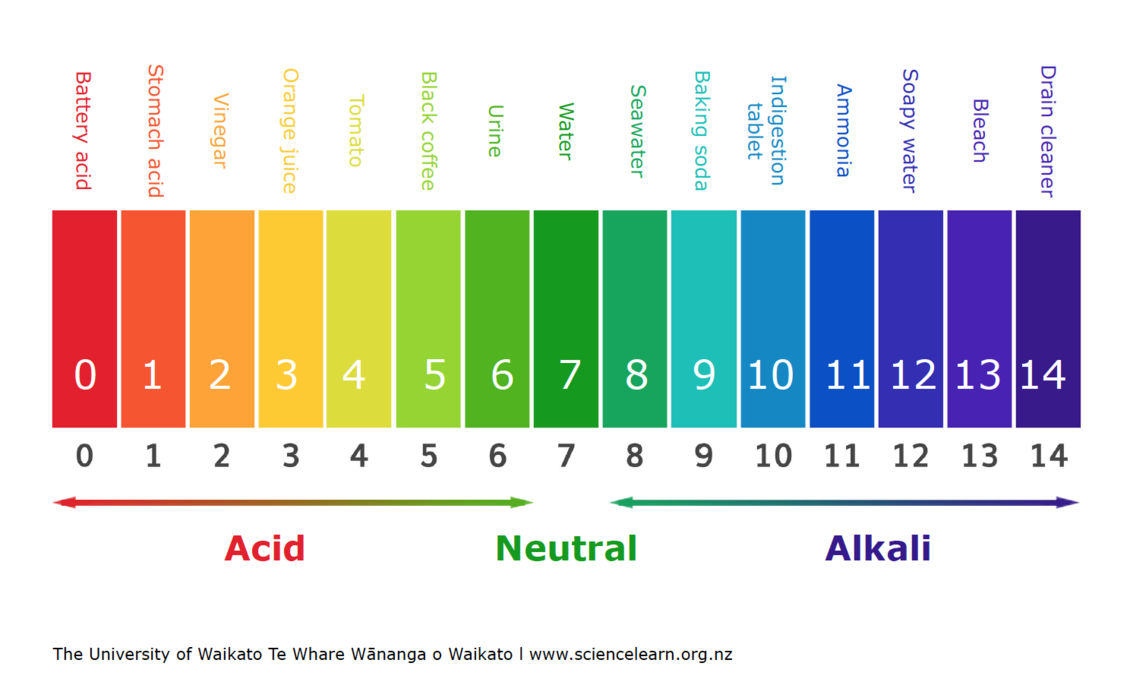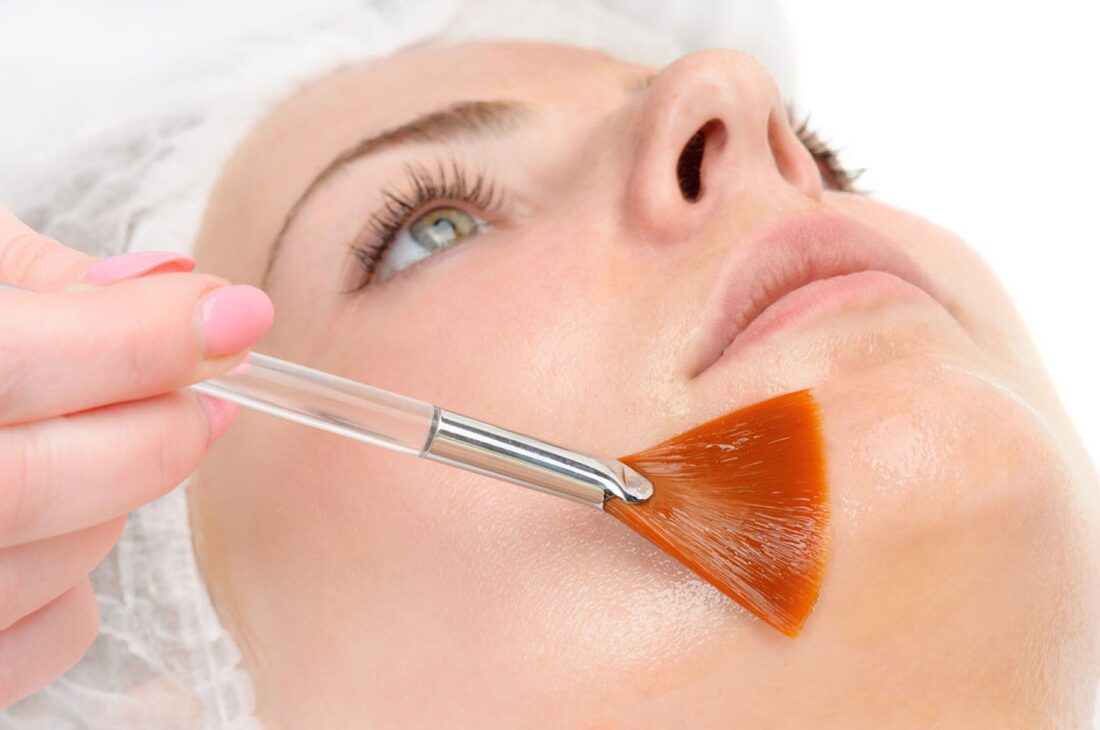|
Most people have heard of the term pH when it comes to skin, but few know exactly what it means and how it can impact the feel and appearance of your skin. pH refers to "potential hydrogen" and refers to the activity of hydrogen ions in a water-based solution. pH is measured on an acid-alkaline scale from 0 (very acidic) to 14 (very alkaline). A pH of 7 is neutral with anything less being acidic and anything higher being alkaline. While the pH numbers might seem small by normal math, the pH scale is logarithmic, not linear. A pH of 3 is ten times more acidic than a pH of 4, and 100 times more acidic than a pH of 5. Check out the pH levels of several common items below: Alkaline: - Lime 12.4pH - Ammonia 11.0ph - Baking Soda 8.3pH - Egg 7.8pH Neutral: - Pure Water 7.0pH Acidic: - Milk 6.8pH - Rain Water 6.5pH - Healthy Skin 5.5pH - Tomatoes 4.5pH - Lemon Juice 2.2pH So how does pH apply to your skin? Healthy skin is just slightly acidic due to the presence of what is referred to as the "acid mantle" - a mixture of sebum, sweat, and dead skin cells covering your skin. The acid mantle is extremely important as it provides a layer of protection against environmental factors, allergens and pollution that cause bacteria to produce. Keeping your pH balanced - as close to 5.5 as possible - keeps your acid mantle intact and reduces the likelihood of conditions such as acne and dermatitis from developing. However, a balanced pH does not guarantee perfect skin, but it certainly helps. When your skin is too alkaline: - It is dry and sensitive - It may be more prone to showing signs of premature ageing such as deep wrinkles, crow's feet and UV damage. What causes alkaline skin? Skincare products like bar soaps and foaming cleanser can be high in PH and can strip the acid mantle. When your skin is too acidic: - It is oily and prone to breakouts. - It can become inflamed, red and sore. What causes acidic skin? Over exfoliating and using peels can cause acidic skin. It's important to note that when doing a chemical peel with a pH of 3.6 or higher, it is only a temporary disruption to the skin's pH levels, and a post-peel neutralizer is often all that is needed to raise the skin's pH levels back to an ideal level. Even without a neutralizer, skin will return to its usual pH levels within an hour. Mildly acidic products stimulate skin to produce key the substances it needs to look smooth, supple, and hydrated, however using products that are highly acidic (pH 2.5 or lower) causes a more significant disruption in skin’s pH, so it takes skin longer to get back to normal at which time the skin is vulnerable to factors that can trigger breakouts, signs of eczema, redness and sensitivity. Use of products whose pH is too low must be used sparingly, and with a neutralizer in the form of a serum, mask, or cream to encourage skin to return to a normal PH balance sooner rather than later. How can you balance your skin's pH?
To bring your skin back to the perfect balance, all you need to do is make sure that the products you apply to your skin are pH balanced. The average pH of the acid mantle is 4.5 to 6.7, so when looking at skin care products they should either be within this range or at least be pH-neutral (7). A balanced pH will ensure your skin's natural protection remains in place. It's important to note that you cannot fix your skins pH level as this is something that the skin achieves by itself, however you can disrupt your skin's pH by using products that are too acidic or alkaline, or by having to much exposure to UV rays. While not all products are labeled with their pH levels, the vast majority of rinse-off and leave-on skin care products are already pH-balanced as reputable cosmetic companies are aware of the important of the pH of skin.
2 Comments
|
AuthorWrite something about yourself. No need to be fancy, just an overview. Archives
July 2023
Categories |


 RSS Feed
RSS Feed